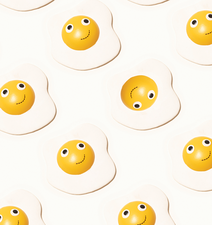Adjusting cell phone photo orientation with Go
Programming Snapshot – Rotating Photos with Go

© Photo by Girl with red hat on Unsplash
Cell phones often store photos upside down or sideways for efficiency reasons and record the fact in the Exif metadata. However, not all apps can handle this. Mike Schilli turns to Go to make the process foolproof.
Somehow, I seem to hold my cell phone wrong when taking pictures. It often happens that a picture that looks right in the phone's photo gallery is suddenly upside down or on its side when I want to send it to friends on WhatsApp. A quick look at the metadata of the photo in question reveals what's going wrong (Listing 1) [1].
It appears that my phone is saving images with the wrong orientation, but it is also storing the correction value, which shows up in the JPEG format's Exif header to tell you how the photo actually should be rotated. I don't know who came up with this idea, but assuming that any app looks in the Exif header first and then aligns the image correctly seems like a fundamental flaw to me. There's no doubt in my mind that the original camera app should perform the rotation when the picture is taken, rather than having the work done downstream time and time again by an unmanageable number of photo apps.
Upside Down World
Figure 1 illustrates that the cell phone still displays the image the right way round in its photo app, even though it was stored incorrectly. The desktop version of the Whatsapp client in the browser, however, obviously ignores the associated Exif header and sends the picture upside down (Figure 2). Imagine the recipient's reaction to receiving a message about my surf trip to Ocean Beach in San Francisco with a photo on its head!
[...]
Buy this article as PDF
(incl. VAT)
